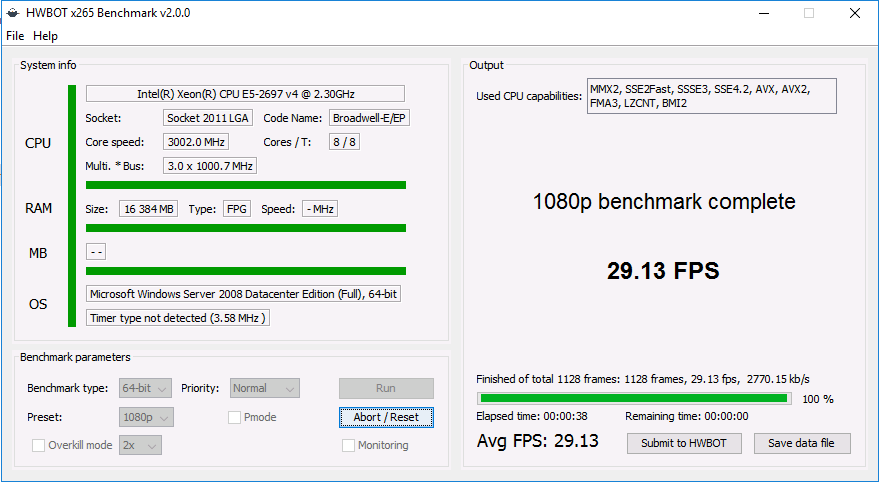Can SIM-Cloud, the public cloud of a German provider, compete with the Microsoft Azure cloud platform? In this article, you will learn which of these solutions offers better performance and which one is more affordable.
SIM-Cloud vs Microsoft Azure. Who will win?
The Microsoft Azure cloud was launched in 2009 as Windows Azure. By the end of 2019, Azure’s share on the IaaS/PaaS cloud service market was 16,9%. This solution is the runner-up in the top 3 public clouds, followed by Google Cloud. The goal of this testing is to determine whether SIM-Cloud, a public cloud of a German provider, compete with Azure in terms of price and performance. The evaluation criteria include CPU performance, RAM bandwidth and SSD storage speed. The choice of instruments for the testing was dictated by the end goal – find out how virtual CPUs will perform under heavy workloads. Common tools and testing methods were used in this comparison. While preparing for the testing, it was discovered that the IaaS configurations of SIM-Networks and Microsoft did not match each other precisely. For example, the minimal amount of RAM was different while the amount of CPU cores was the same. The configurations in this testing were chosen to match each other as closely as possible:
- MS Azure: 8 CPU & 28 Gb RAM
- SIM-Cloud: 8 CPU & 16 Gb RAM









